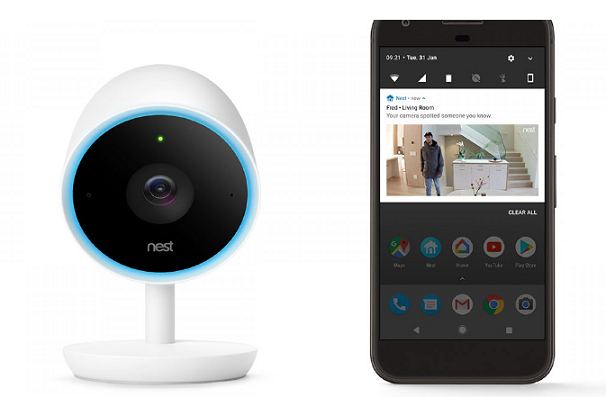 Are consumers ready for facial recognition technology to enter the mainstream?
Are consumers ready for facial recognition technology to enter the mainstream?
Facial recognition technology is often associated with surveillance, but companies are now developing it as a secure, efficient tool for a range of transactions—if consumers can be convinced of its benefits.
Facial recognition technology is not new. In fact, the Innovation Group has previously covered Blippar’s facial recognition tool, which integrated with an AR social network to identify users by scanning their face. But today, facial recognition technology is becoming reliable enough to be used in a range of commercial contexts.
“Facial recognition has existed for decades, but only now is it accurate enough to be used in secure financial transactions,” wrote Will Knight in the February MIT Technology Review. “The new versions use deep learning, an artificial-intelligence technique that is especially effective for image recognition because it makes a computer zero in on the facial features that will most reliably identify a person.”
Several companies are already beginning to introduce facial recognition technology in a security setting. Launched this week, the Nest Cam IQ uses facial recognition technology to differentiate between friends and family members, or a stranger. Rather than just alerting users to activity, the $299 Nest Cam IQ can tell if a figure is an unfamiliar face or just the family pet.
“People don’t want more information, they want insights,” said Matt Rogers, co-founder and chief product officer of Nest, in a release. “So we combined intelligence with excellent image and sound quality to deliver the insights customers need, at the right time. These insights can range from telling you the kids are home from school to sending an alert if an unfamiliar person is in the living room.”
Facial recognition can also be used to ease consumer pain points, particularly in high-security environments. In June, JetBlue announced it plans to start trialling a facial recognition-based boarding system, based on the Customs and Border Protection database of passport pictures. British Airways is also rolling out the technology in London, while Delta will trial a self-service bag drop system based on facial recognition this summer, writes Travel and Leisure. (None of the above trials intend to store photos of users.)
“The main advantage is customer ease,” JetBlue VP of customer experience Joanna Geraghty told the Boston Globe. “It’s foreseeable to have a situation in the future where a customer never has to take out a boarding pass.”
As consumers begin to encounter facial recognition technology in a security context, familiarity with the technology may make other uses feel more natural. Facial recognition technology could facilitate a seamless customer experience in retail settings, with automated checkout and a stored order history. Retailers could use the technology for loyalty programs, or to personalize a customer’s visit. Advertisers could also use the technology to target ads based on mood, physical characteristics, or even individual preferences.
In China, facial recognition technology is already finding consumer applications. Face++ has integrated with mobile payment app Alipay and Didi, China’s Uber rival, to allow users to confirm mobile payments or rides with their faces. Chinese tech giant Baidu is using facial recognition to register guests at events, using new technology it claims is 99.77% accurate.
Despite its promises, facial recognition technology still is not widely accepted by consumers. FindFace, a Russian app used to identify members of a crowd, was banned from Twitter amid concerns about privacy and unethical government uses of FindFace’s database. Recently, a restaurant advertisement in Norway faced online pushback after viewers discovered it was secretly using facial recognition to show men and women different ads (a pizza and a salad, respectively).
Yet the benefits of facial recognition technology make it likely that the technology’s adoption will continue to spread. Facial recognition can’t be lost or stolen like a credit card, or hacked like a password. At a time when 64% of Americans have experienced a major data breach and many distrust major institutions with their information (according to a 2017 Pew survey), brands should consider how facial recognition could become a tool to gain consumers’ confidence.
Source:JWT Intelligence


